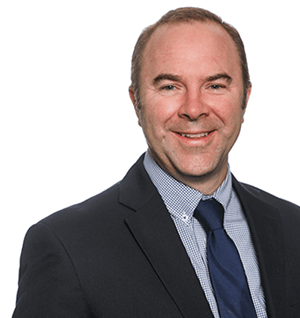On Wednesday 9 November, the Environment Bill passed into law, creating a statutory requirement that new development achieves a minimum 10% biodiversity net gain (BNG).
Kieron Gregson, Associate Partner and Mark Russell, Partner and Natural Capital Lead at national property consultancy Carter Jonas, comment on the change and its impact on planning and development.
CHANGING THE STATUS
“The Environment Bill will enable the planning system to support, protect and enhance the natural environment in a more measured and consistent way, whether that be through onsite provision, the opportunity for developers to partner with farmers and landowners to provide off-site BNG (such as by creating woodland or a wildflower meadows from arable land) or via ‘conservation covenants’, says Kieron.
“Essentially, this changes the status of natural capital, transitioning it from a concept into an asset which can be traded by government bodies, local authorities, landowners, and land managers."
NATURES ADDED VALUE
“Although there is to be a two-year transition period, we anticipate a knock on effect for land values in locations with high development pressure. Landowners may see an increase in value in these locations because of its potential to attract BNG credits.
“On the whole we see benefits to most parties involved in the planning and development process. Landowners (including local authorities, wildlife trusts, farmers and private individuals) will have the opportunity to offer land as donor sites. However, green spaces will only maintain their value with investment of both time and money. Vision, management, governance and funding structures will all be important.
Furthermore, additional costs or a reduction in net developable acreage will impact on development land values and possibly the viability of schemes. It will be important to ensure that greenfield schemes with low land values aren’t disproportionately affected. And it is hoped that the Government might consider developers having the option of purchasing BNG credits on Green Belt surrounding cities, which could create a popular natural amenity while also protecting the Green Belt.”
Research from the Office for National Statistics in 2019 found that urban green spaces increase nearby property prices: houses and flats within 100 metres of public green spaces are on average £2,500 more expensive than if they were more than 500 metres away – an average premium of 1.1%. Similarly the Land Trust has undertaken research which highlights that the Trust’s management of green spaces around homes creates an uplift in house prices estimated to be in the region of £394 million.
Furthermore at a time when, according to the RSPB, 94% of us feel a moral obligation to halt biodiversity loss, developers are increasingly aware of the reputational value of mitigating environmental damage. BNG provides developers with an opportunity to show that the natural environment can be enhanced because of new development – not despite it. And it provides the opportunity for this to be demonstrated literally on the doorsteps of new homes.
UNDERSTANDING THE OPTIONS
“Another significant consideration is that local authorities will require specialist advice covering ecology, biodiversity calculation, valuation, legal delivery, verification, and site management,” says Mark. “Delivery options and ongoing management advice on the ground will also be required for the required 30 year period once the development has been completed. Furthermore, we are awaiting clarity on how trusted verification bodies will be established as they will be required to manage and monitor biodiversity schemes.
“Whilst the direction of travel is clear, in the context of a rapidly changing market and with so much detail still to be established, fully understanding the impact of BNG is not easy to determine. Unsurprisingly we have already seen considerable demand for our services which assess development proposals against assets owned or planned, enabling developers, landowners and land managers to consider objectively the question of on-site or off-site at the outset."



